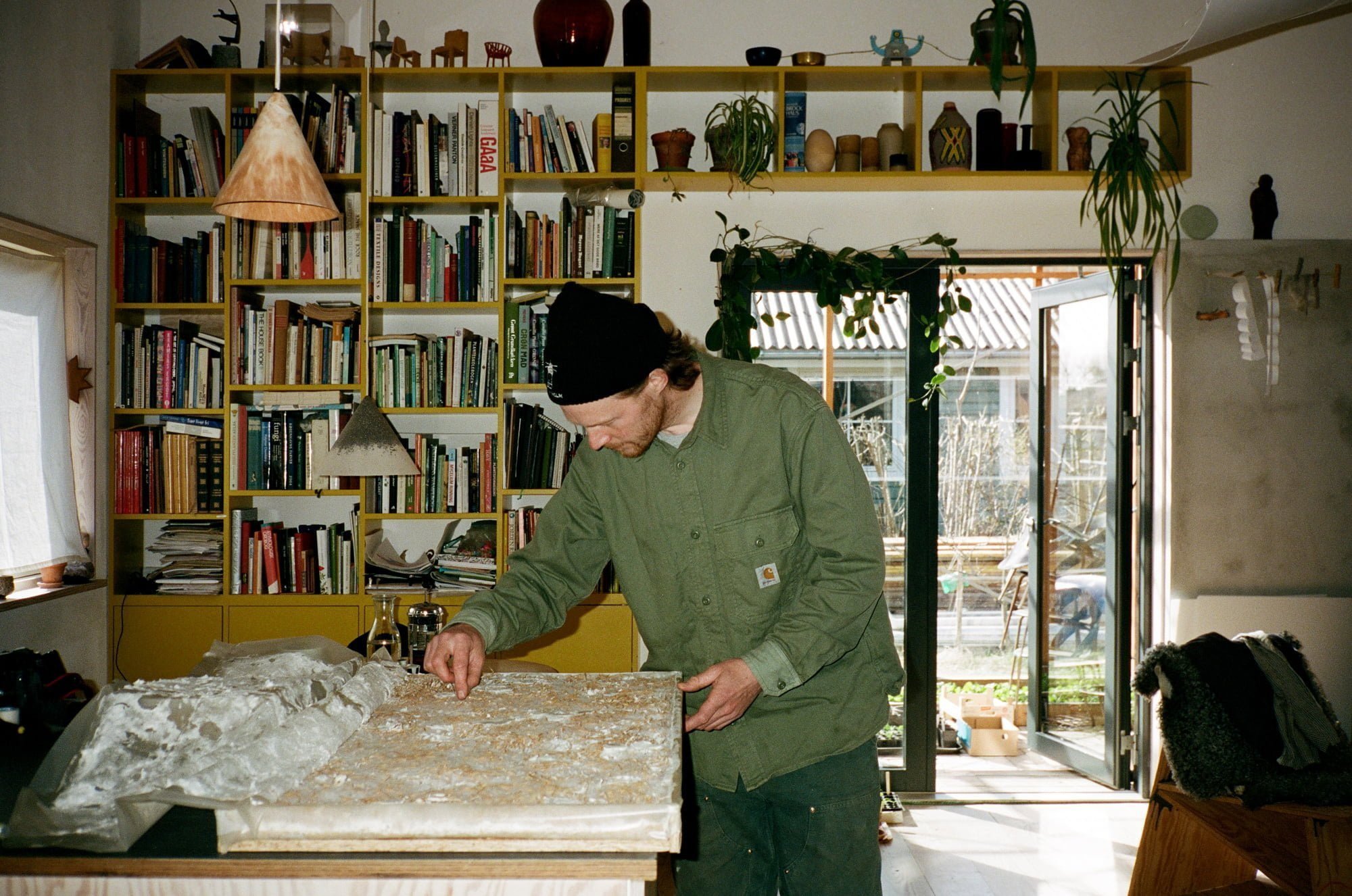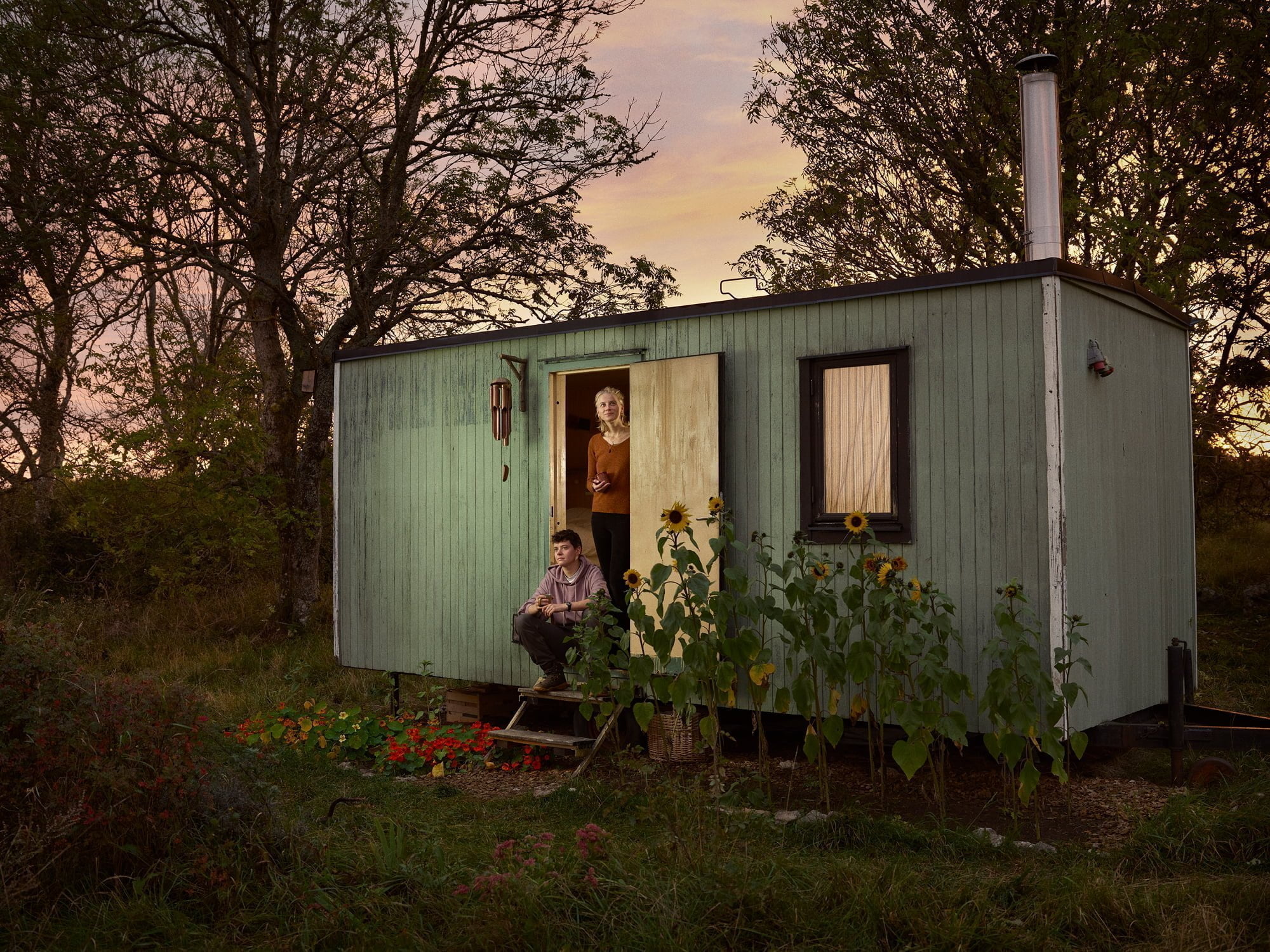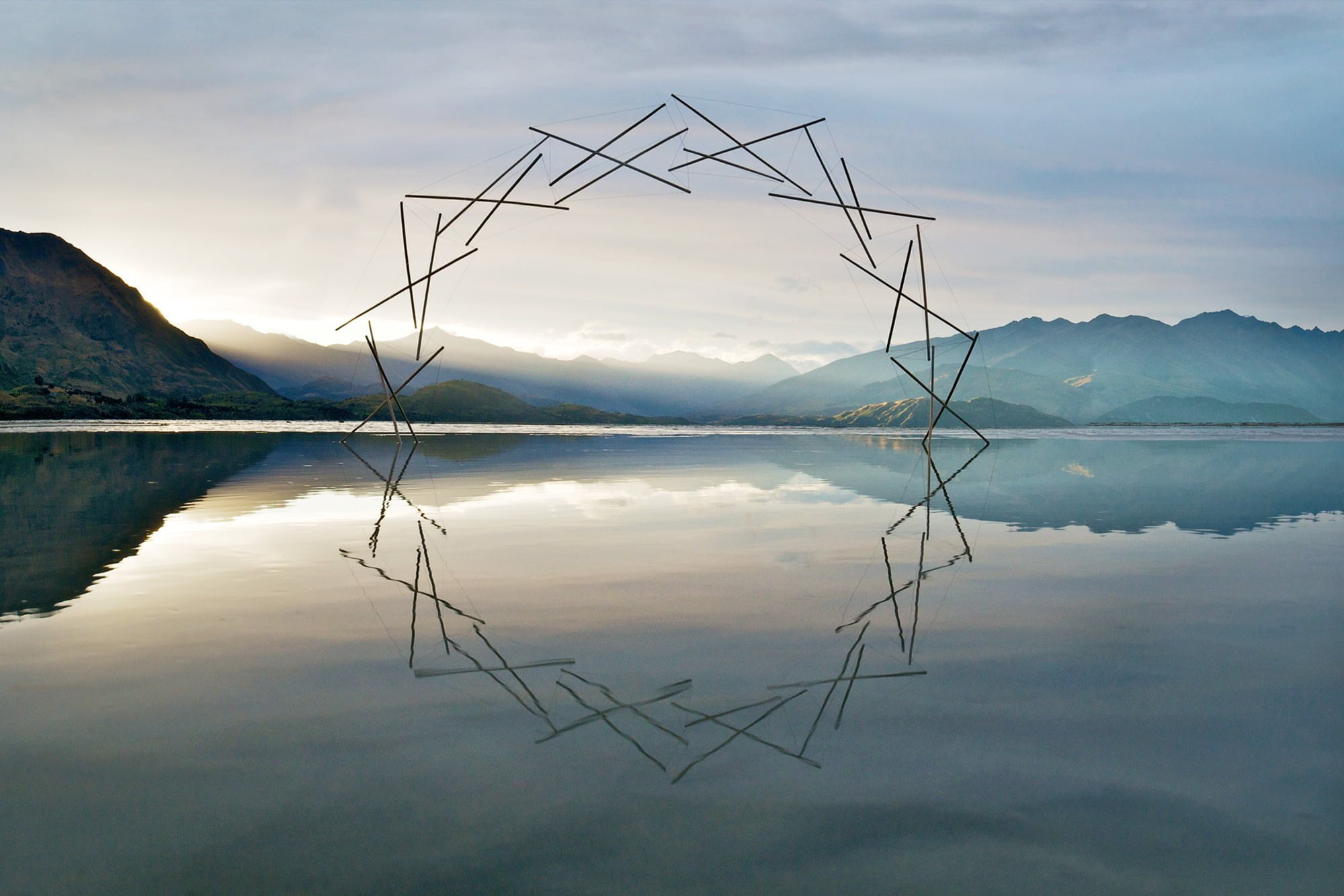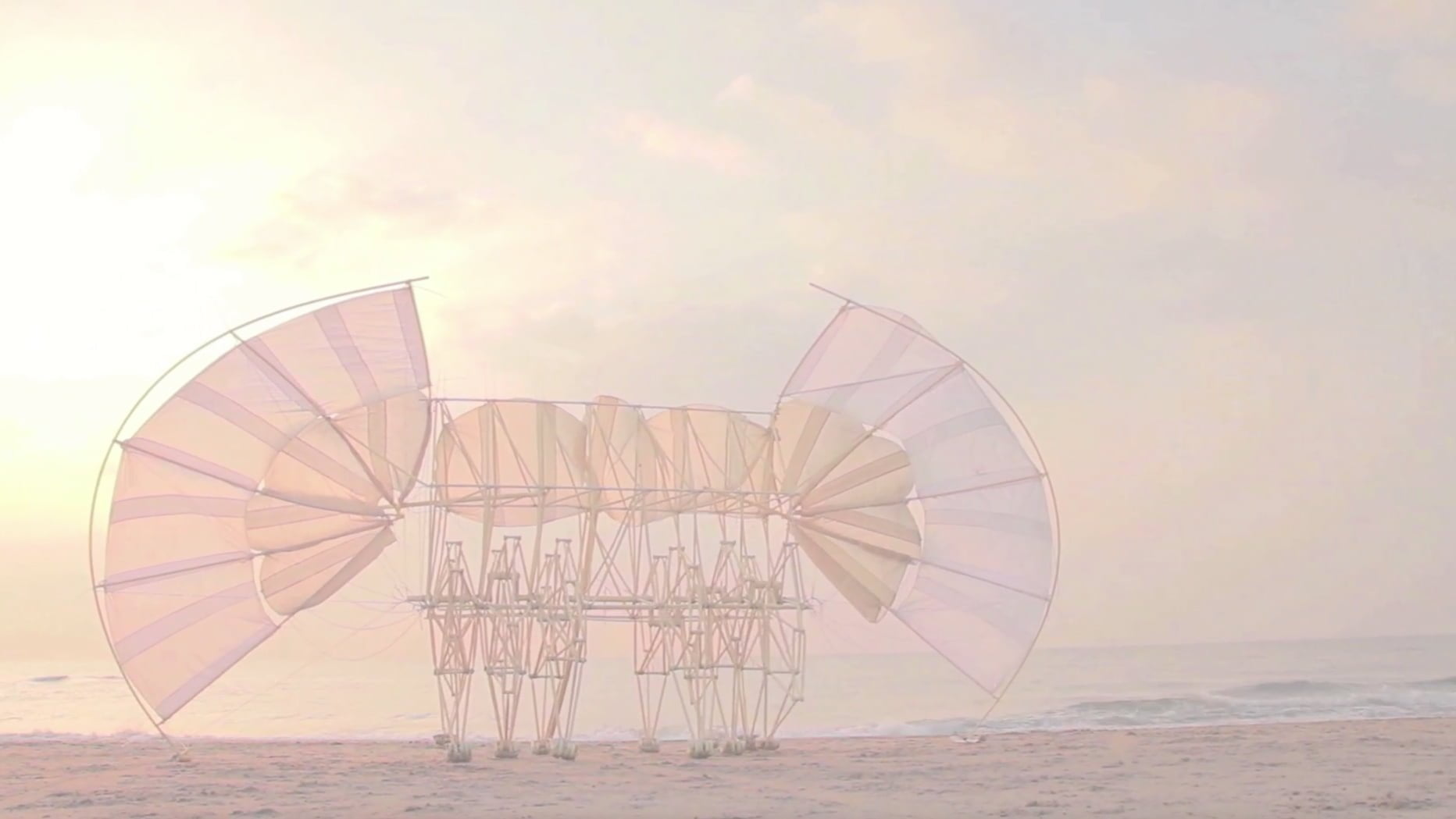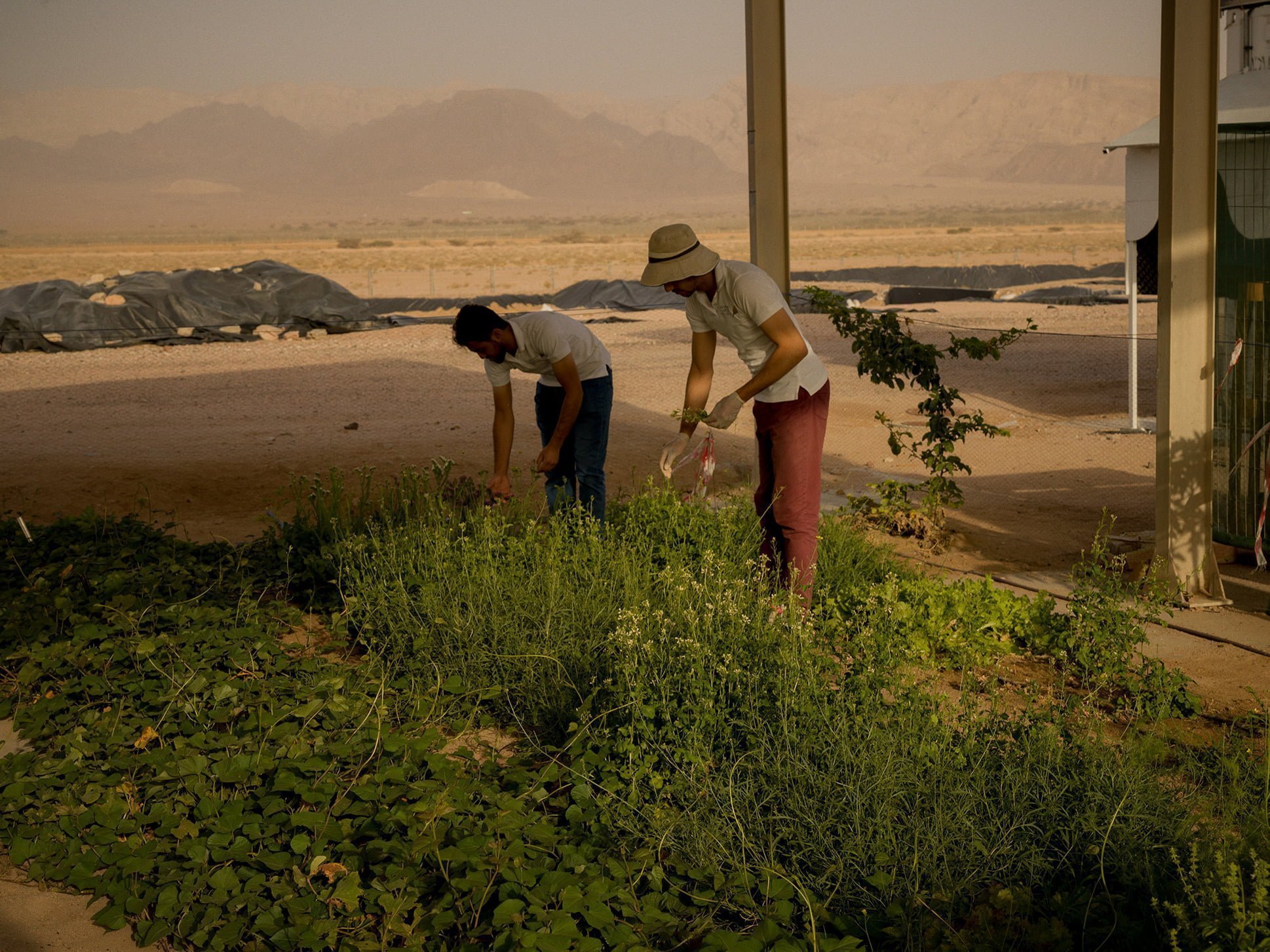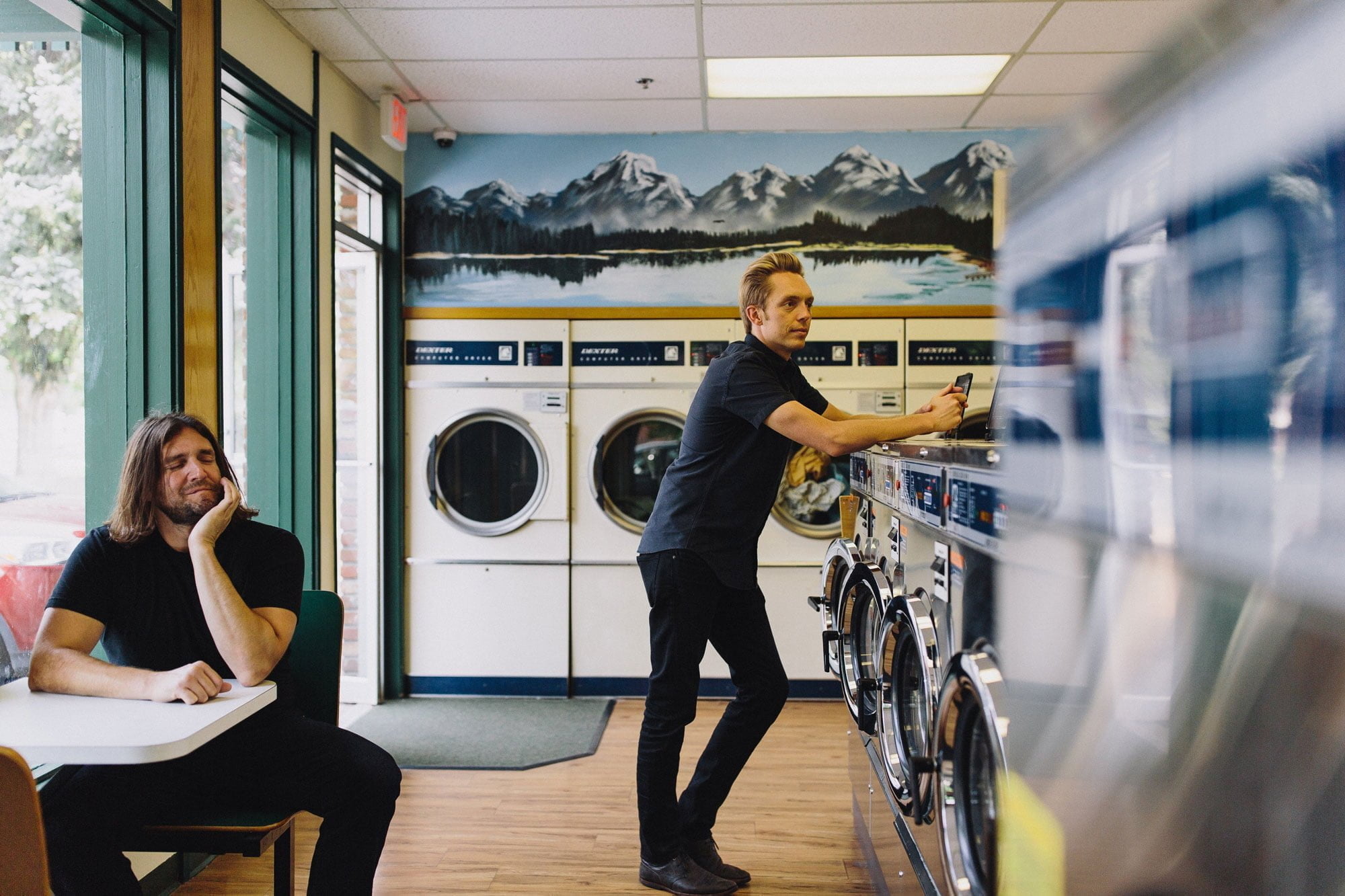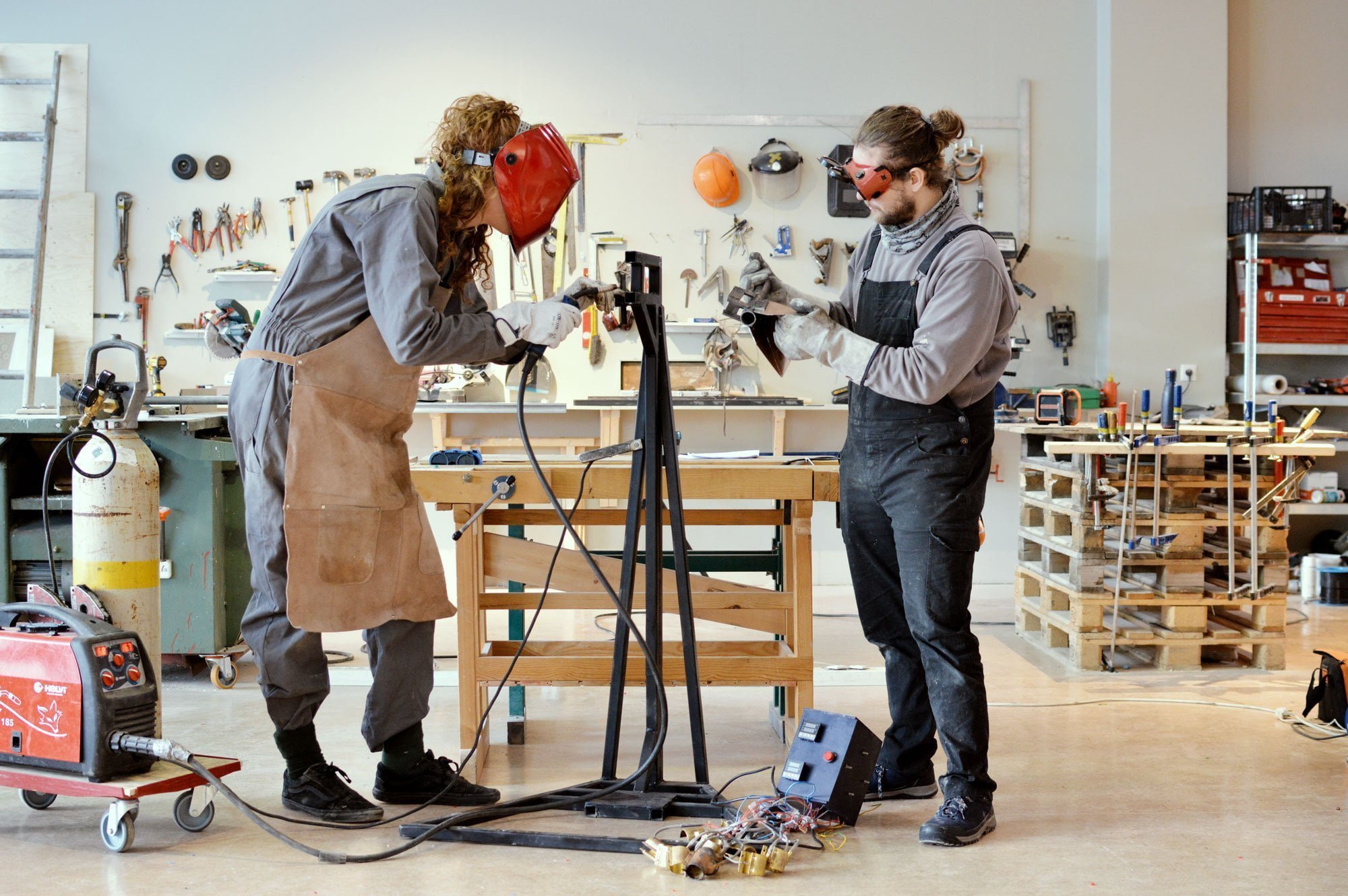Denmark is not short of designer chairs. But by creating – or sometimes growing – unique objects from plants, rocks and fungi, Jonas Edvard has earned a special place in the Danish design community. His lampshades can even be seen hanging over tables at the world’s best restaurant. 5 asked him about his inspirations and ambitions.
How did you become a designer?
I’m excited by materials, how they can drastically change our lives for the better in a basic way. They provide us shelter, food, survival. There’s such a distance now between nature and manmade materials.
You’ve made products, like chairs and lamps, with seaweed, mushrooms and limestone, all locally harvested. Why these particular materials?
I call them my holy trinity, and they’re certainly connected with who I am as a designer. I use a lot of other materials as well, but I focus on those three because they help people to understand what I’m doing. Constant renewable energy comes from plants that reproduce. Algae reproduces in two months. Mushrooms grow in two weeks. People don’t understand the potential of organic and natural materials. I want to also show people the aesthetic use of natural materials from resources that are grown outside your house.
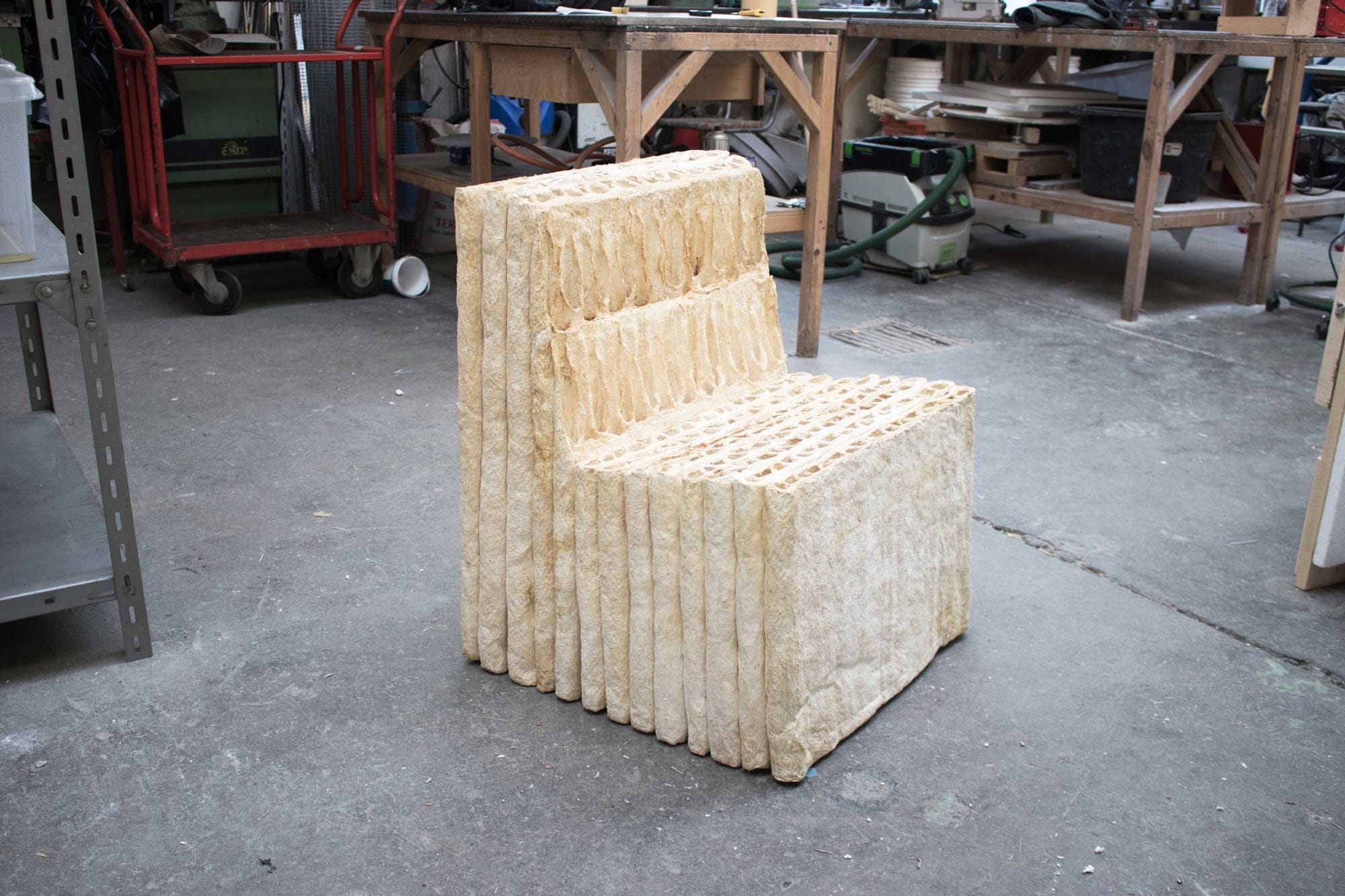
Edvard’s Myx chair, grown from mushroom mycelium and hemp fibre, is part of the permanent collection at Designmuseum Denmark. Photo courtesy of Jonas Edvard
What can you say about their properties?
I started using seaweed in Denmark, but it’s everywhere. Seaweed is very strong. It’s also flexible, flame retardant, biodegradable, and 100% natural. It’s a binder and can be used in combination with paper and plant fibre. [Coral limestone has] got a lot of uses. I use it as a foundation. I like to show how a basic material can be used in many forms. With all my products, it’s also important that its afterlife shouldn’t have a negative effect. I’m interested in the journey from raw materials to production and then to be returned to nature again.
“I hope that people will be amazed by what nature can do”
What about mycelium (the root-like structure of a fungus). It seems to be your favourite material?
That’s probably true. I constantly connect with it like an old friend. It’s the most interesting thing and the most comprehensive to work with. It started when I was just picking mushrooms and eating them. I’m attracted to raw materials that are wild and unique and that have a certain quality, which could be smell or colour or tone. Mycelium is a funny, fluffy material. As a composite, it can be hard or flexible. I got a big bag and started researching and did a lot of tests. In the beginning, people felt I was stupid. It looked weird and smelled weird, but now people are accepting it. It gives me a lot of satisfaction that I followed my heart and intuition. I hope that people will be amazed by what nature can do in a very simple way.
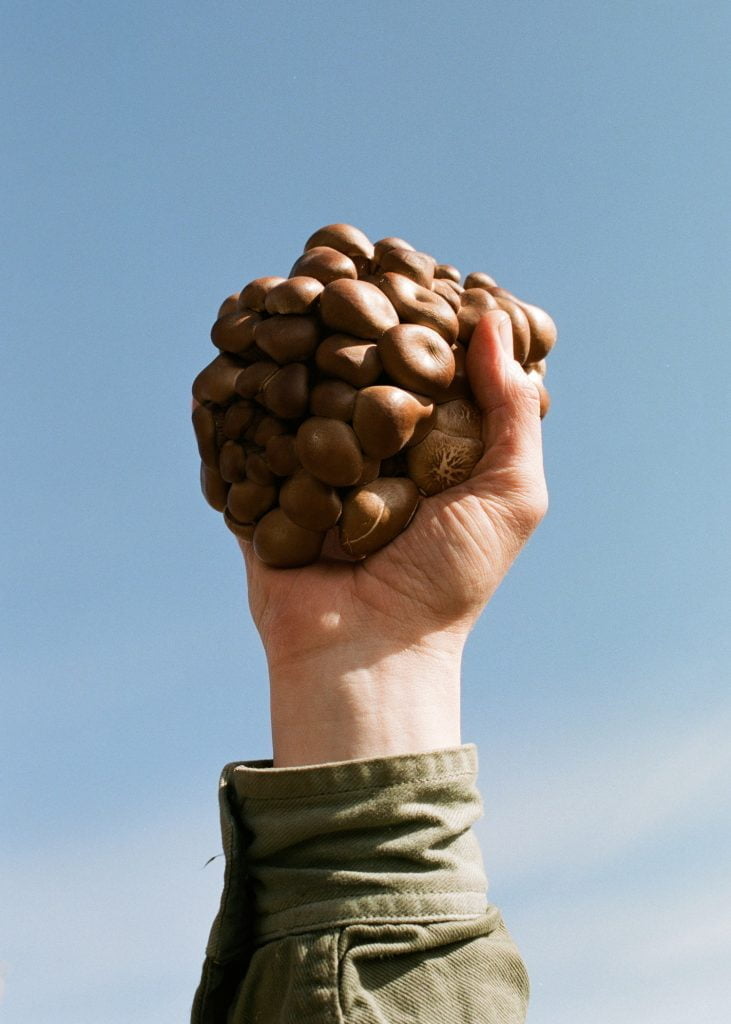
Oyster mushrooms are a key raw material for Edvard. Photo: Katrine Møbius
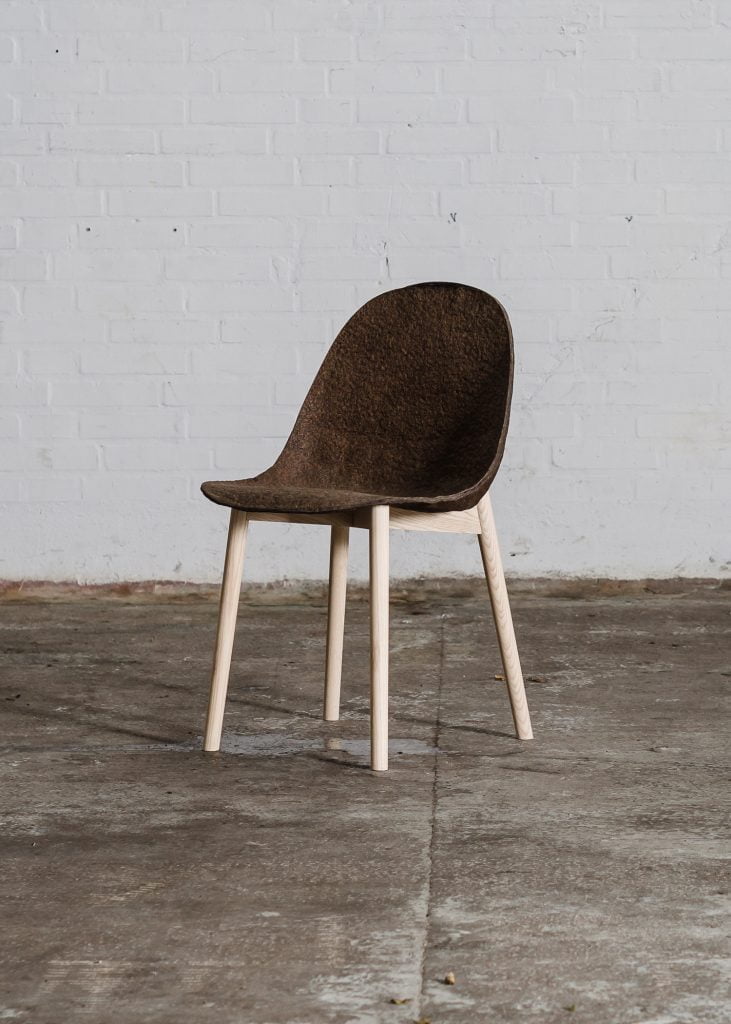
The seat of this chair is made from recycled paper, bound together with seaweed. Photo courtesy of Jonas Edvard
What are you working on now?
It’s a massive acoustic installation that will be shown at Designmuseum Denmark this summer. The material is mycelium-bonded plant fibre composite that includes hemp and wood shavings. It’s natural and renewable. It will be 15 square metres, with 24 elements combining to make one sail that will hang from the ceiling. It started years ago as a request from engineers at Arup Berlin. We’re trying to create a more habitable space for public rooms. It’s exciting to be able to work on a bigger architectural scale.
Have you always been close to nature?
I grew up in the countryside. There was a bit of a coast and a lot of forest. As a child, I was able to run around and do what I wanted. We didn’t have a TV until I was 12. I might read a book or play outside with sticks. My mom would ring a bell when it was time to eat.
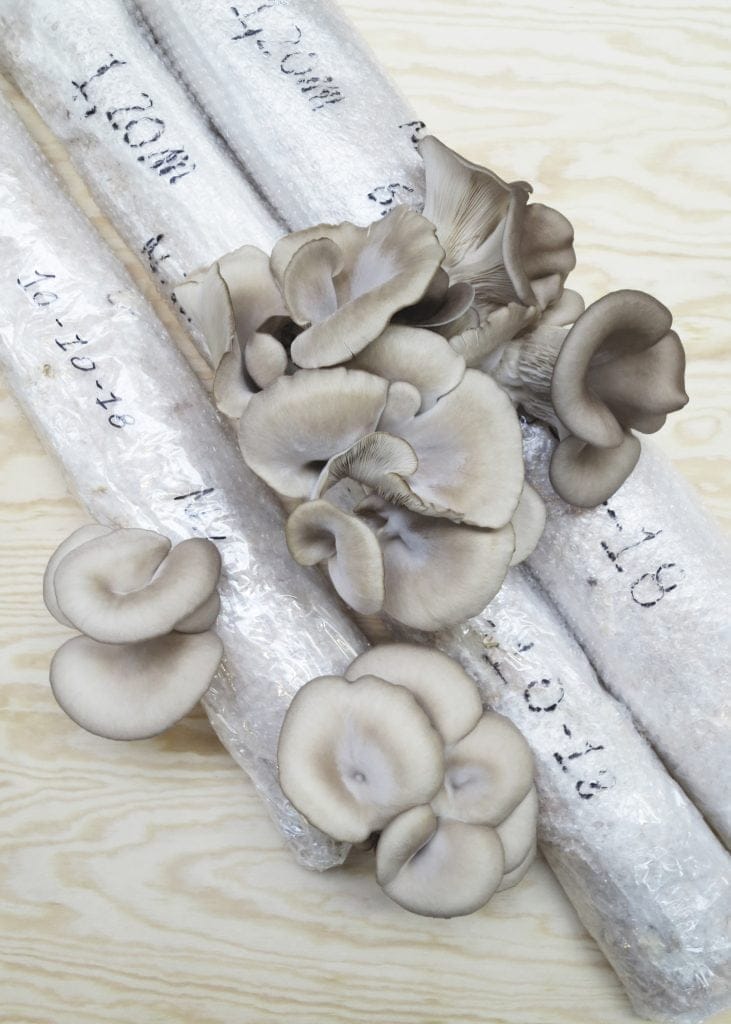
These mushrooms are edible, as well as being a great building material. Photo courtesy of Jonas Edvard Studio
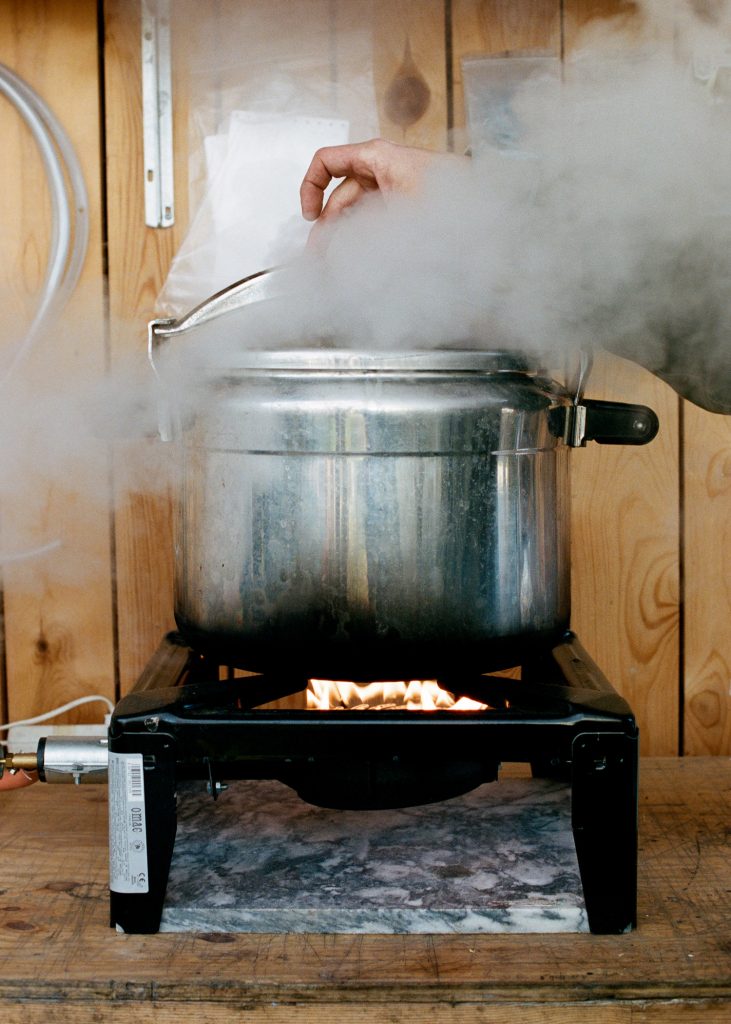
Hemp fibres are being pasteurised, ready for mycelium to be grown on them. Photo: Katrine Møbius
Now I live on the island of Amager. Although it’s a suburb of Copenhagen, almost half of the island is a nature park. I’d been looking for space to build my own house. It’s a wooden house made from organic materials, with hemp insulation. Traditional insulation stops water from diffusing, which is why houses become mouldy. Mine is quite dry. It’s a big open structure, about 100 square metres, with high ceilings. There’s a garden area and a greenhouse, which was a covid project.
“I think a lot about what kind of world I want for my kids”
Covid gave me time to stop and think. I feel like starting over again. I’m planning on developing a permaculture garden and doing a fruit orchard. My goal is self-sufficiency. I will try to restructure my life and work so it’s more combined into living environments. For instance, I’m working with a cider maker producing new materials from their leftovers and I’m designing a product to produce mushroom-based solitary bee housing. I think a lot about what kind of world I want for my kids. I want to invest in the right environment for them to be healthy.
Main photo of Edvard working on a mushroom-based acoustic panel: Katrine Møbius
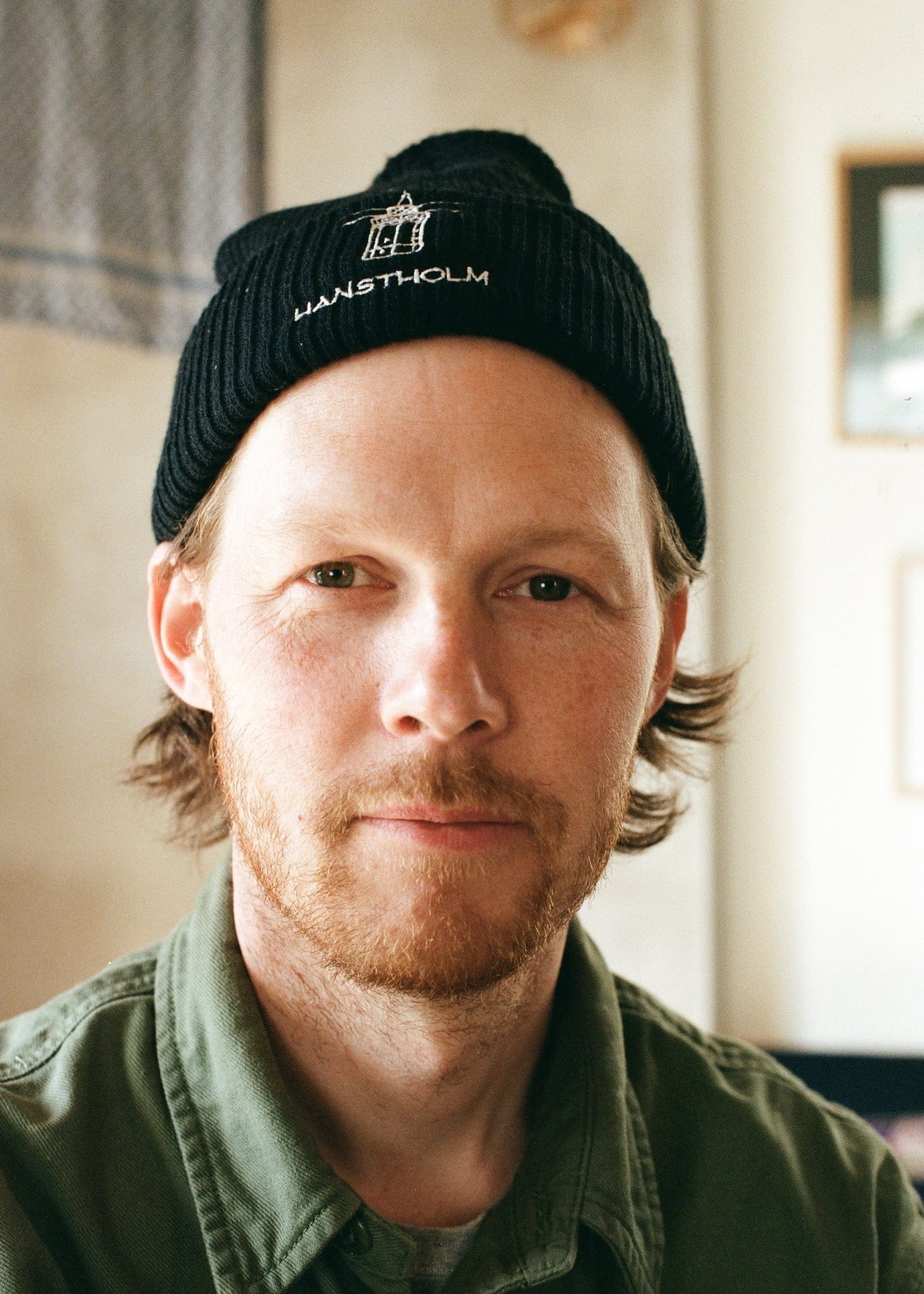
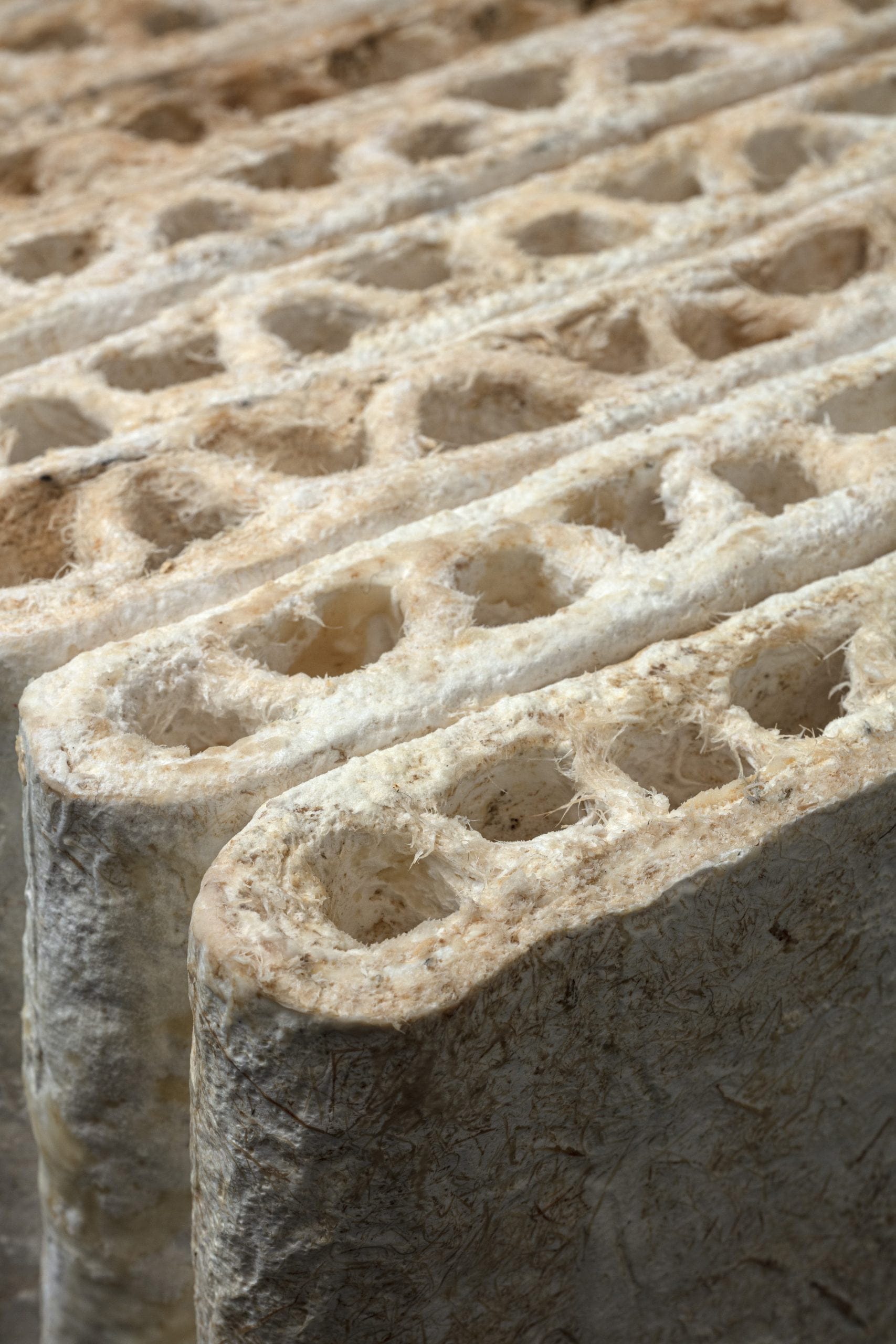
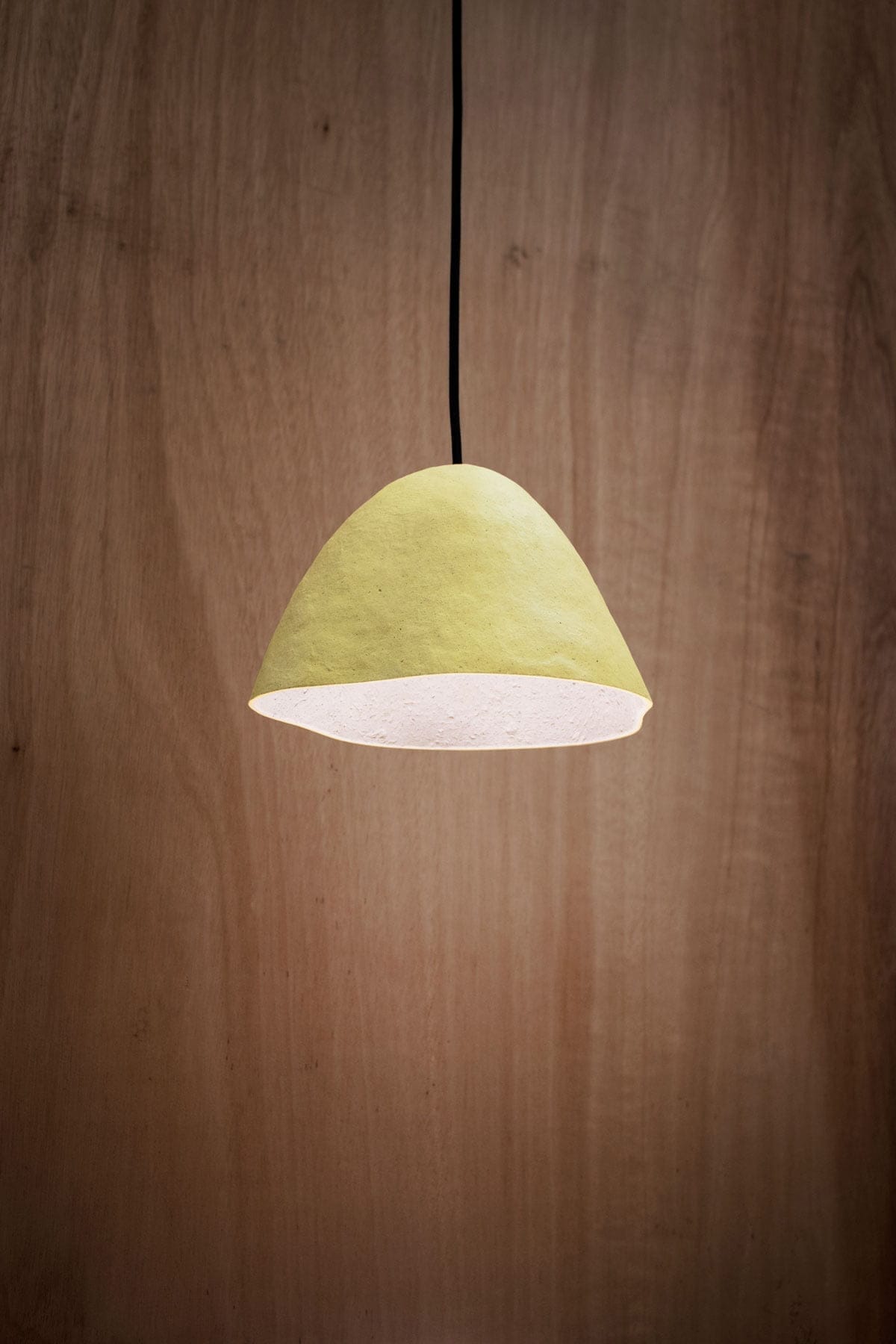
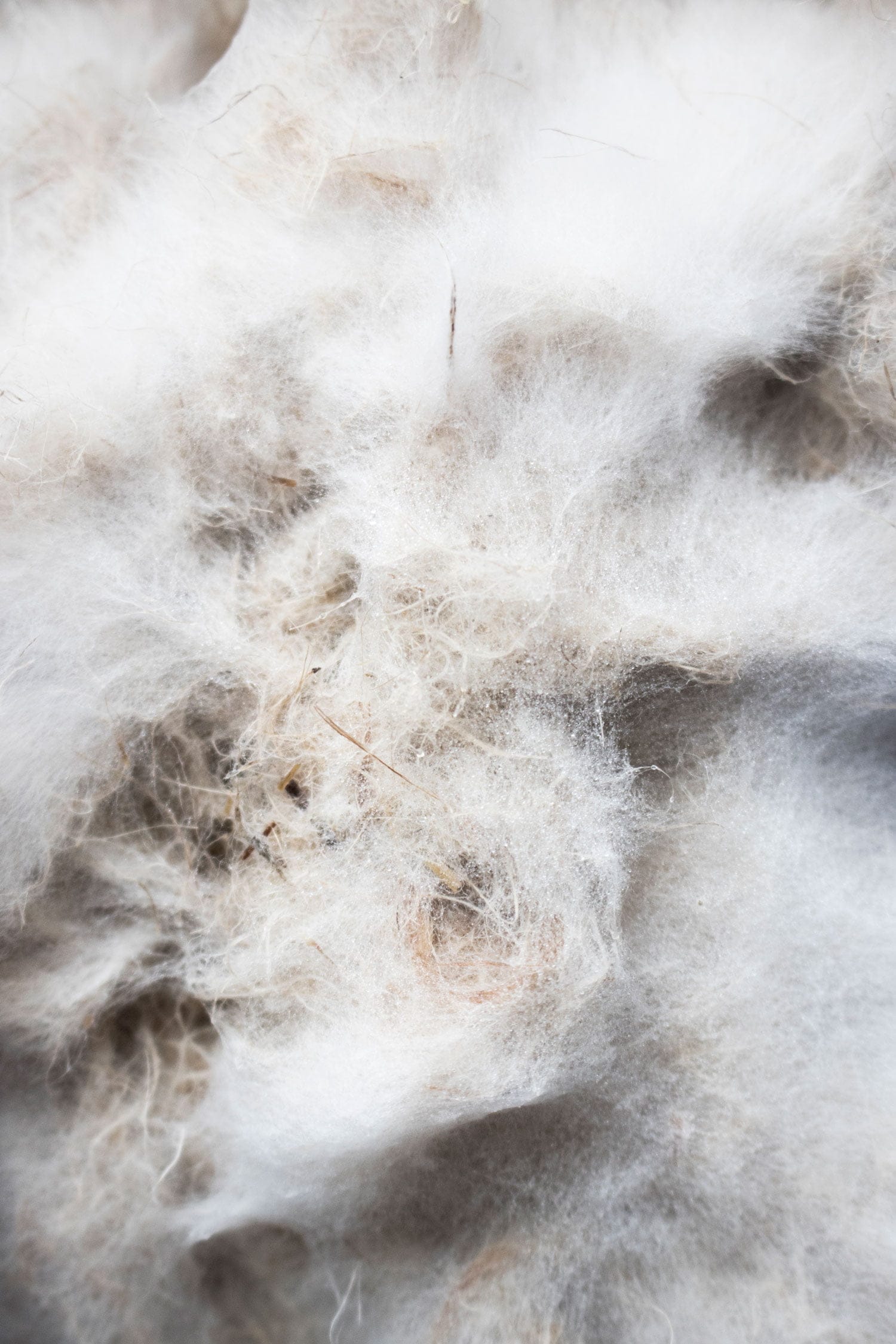



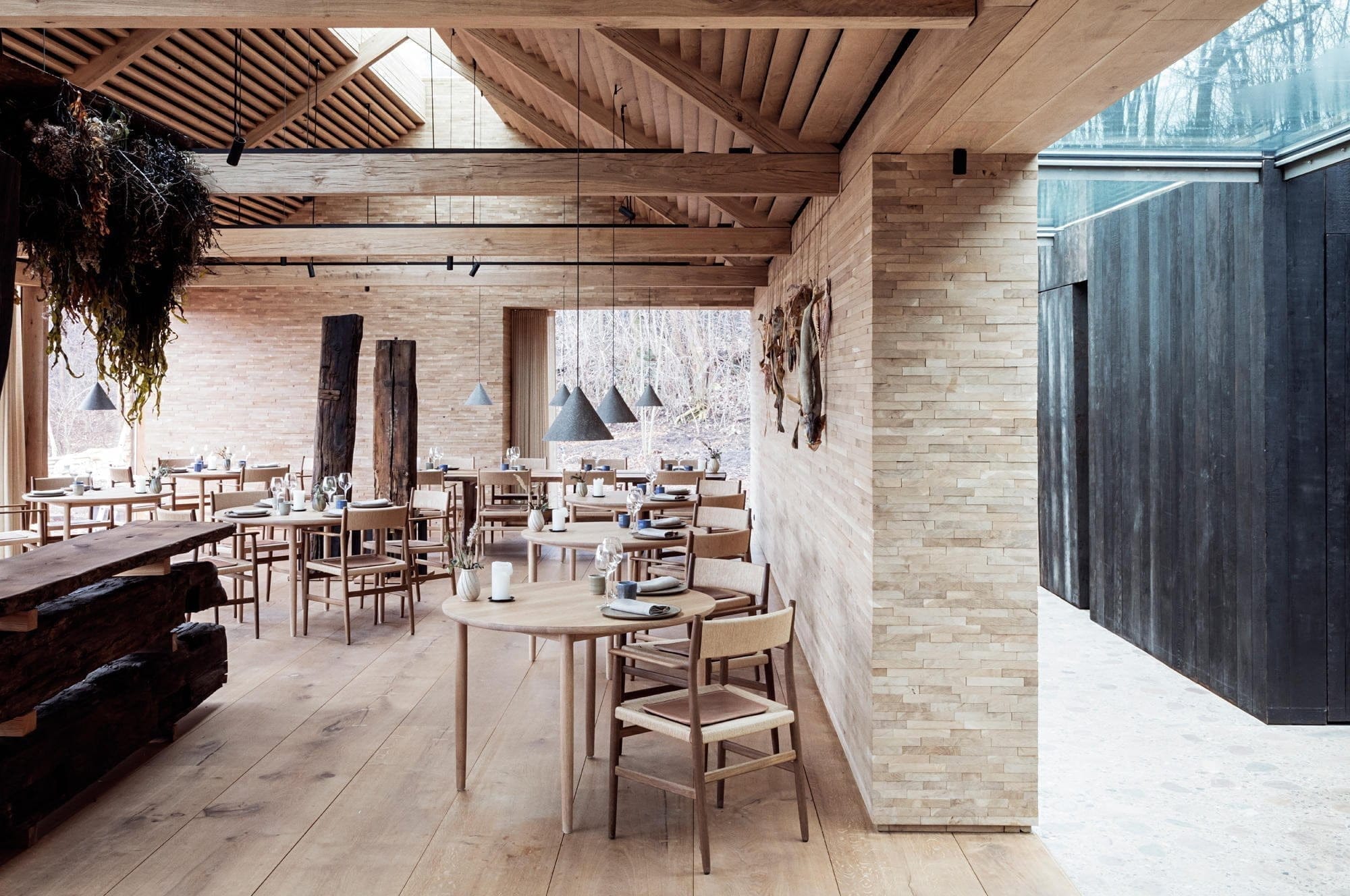

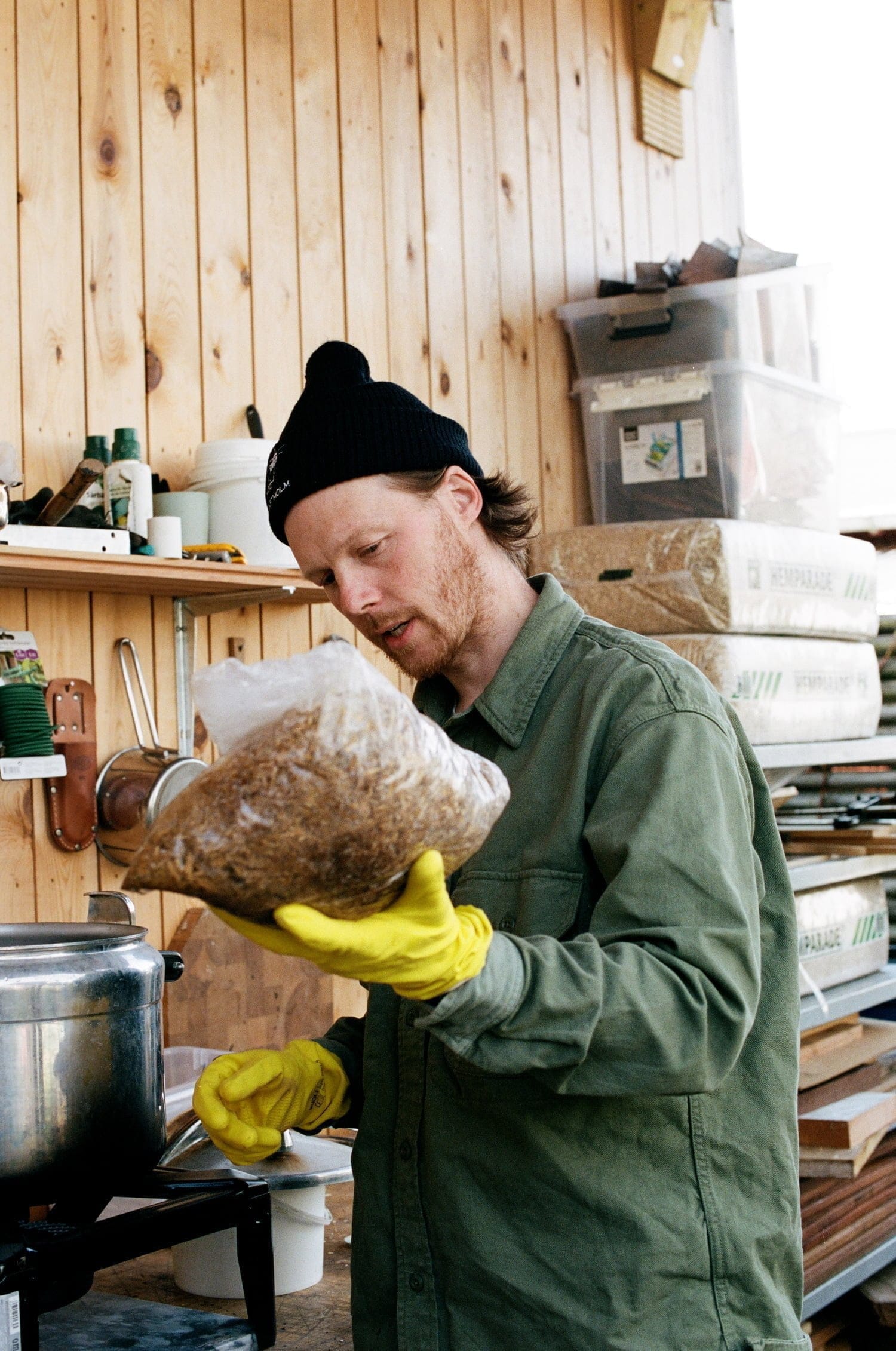
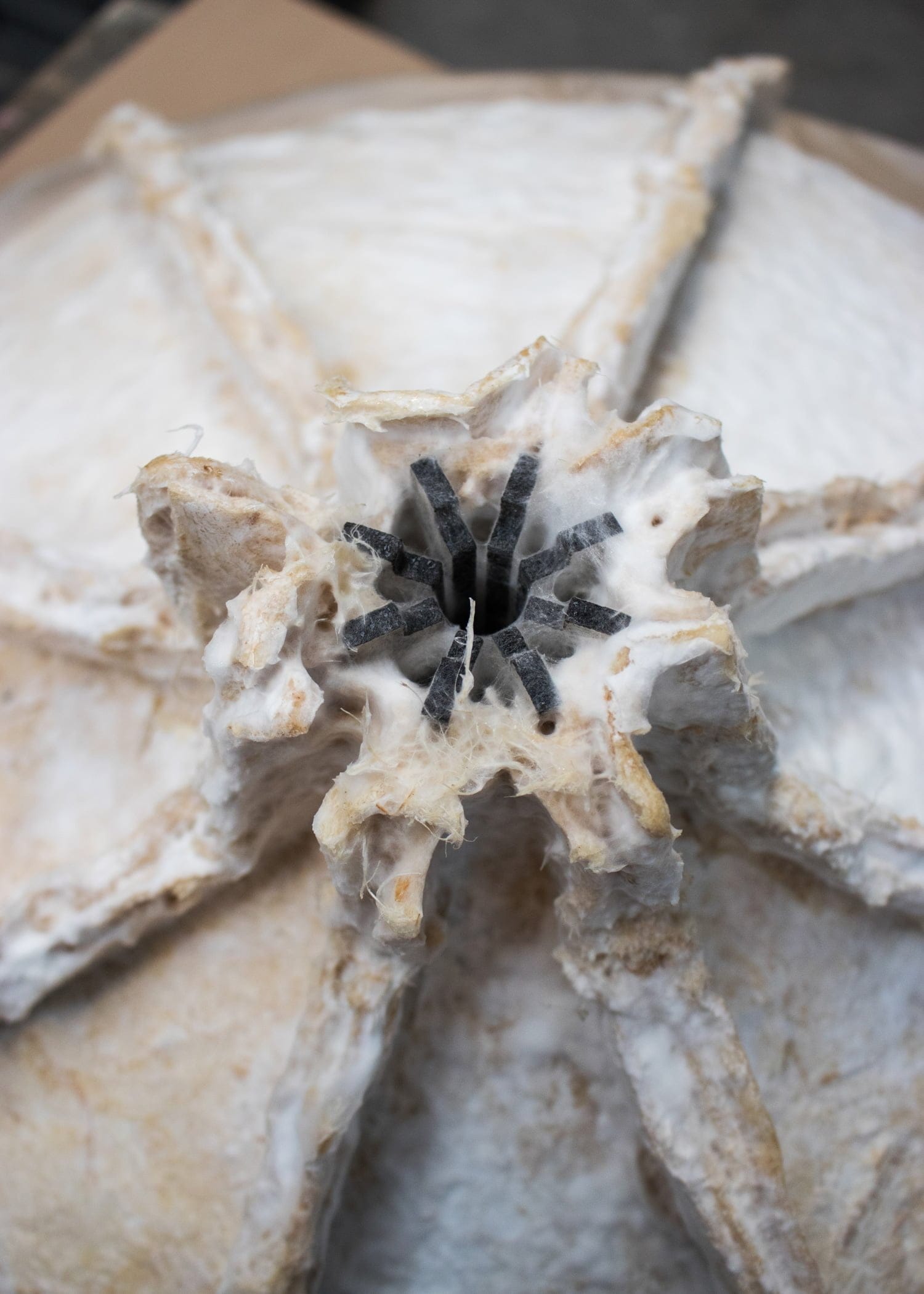











Explore more
Discover more of Jonas Edvard’s work.
Visit Jonas’ site